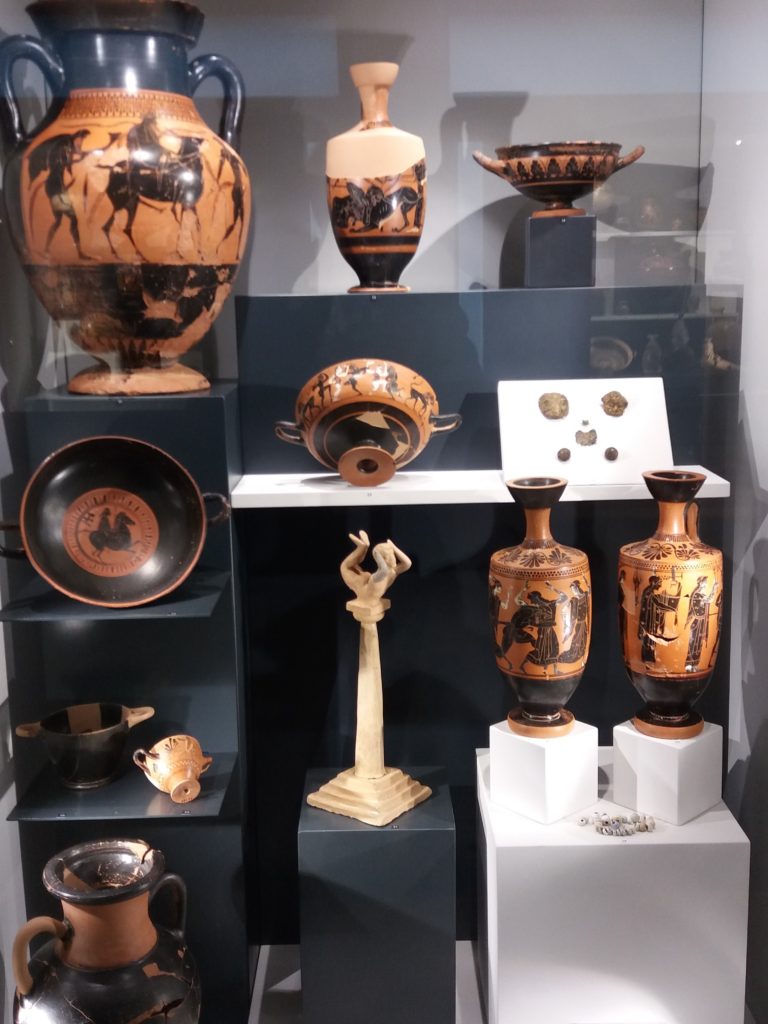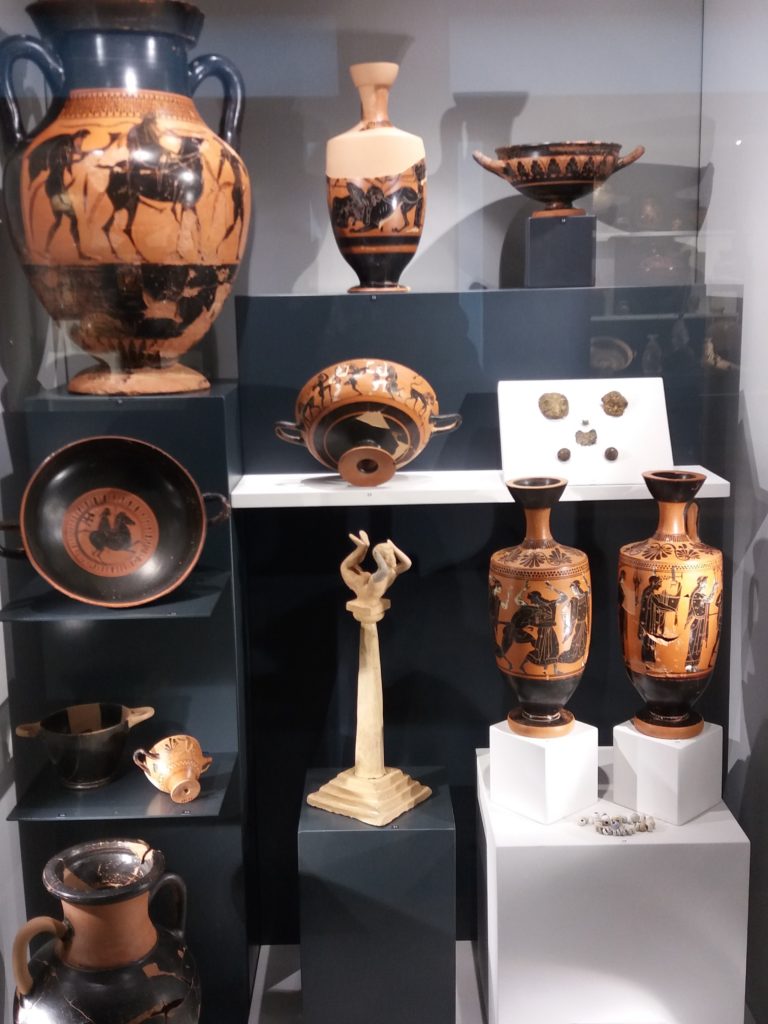The National Archaeological Museum of Taranto (MarTa) celebrated the return of important finds back home. Myth-Mania, rediscovered stories of men and heroes, speaks of objects taken from necropolises by grave robbers, and illegally smuggled out of the country.
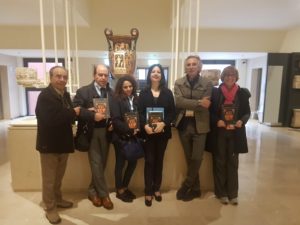
Fourteen precious finds – Apulian red-figure vases, now displayed at the MarTa, have been returned to Italy by the Paul Getty Museum in Malibu, the Cleveland Museum of Art, the Museum of Fine Arts in Boston and the Metropolitan in New York, thanks to the investigative work of the Command of the Carabinieri for the Protection of Cultural Heritage, and diplomatic negotiations of the MiBAC in synergy with the State Attorney and the Ministry of Foreign Affairs.
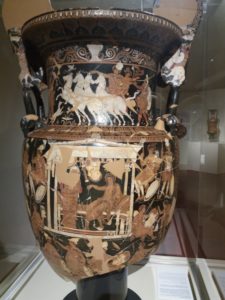
The vases were produced on the turn of the fourth century BC in ancient Apulia, destined to satisfy the claims of refinement of the natives, who populated the lands around the Greek cities of southern Italy.
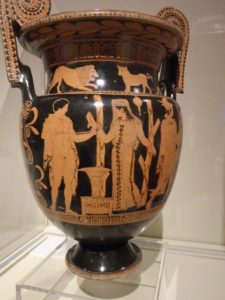
The volute krater- a vase originally intended for the symposium – at a time when men, according to the Greek fashion, at the end of the banquet mixed wine with water, honey and spices in this container and then poured it into the cups – it was used later for grave goods and testified to the wealth and sophistication of the burial owner.
Even the subjects that decorate the sides of the vases are funerary subjects. At the center of one of the two sides there are often stelae or small temples with statues, which reproduce the funerary monuments most in use at the time in Apulia.
The images painted on the vases can go back to telling stories of men and heroes who use the language of myth not for a simple “mania”, as the title of the exhibition provocatively suggests, but as a tool for sharing values and building identities among Greeks.
The director of MarTa highlighted the work she carried out for two years for the restoration of the vessels, following their finding in the MarTa’s museum storage shortly after taking office in 2016:
“Our museum is a great tourist attraction, explains the director. It boasts an annual turnout of 80,000 visitors including Russians, English, Americans and Chinese. Thanks to European funds (2.5 million euros), we are working at the Marta 3.0 project, which concerns the digitalization of the cataloging of over 40 thousand open data and open source exhibits, which means making an archaeological and artistic heritage available to all among the largest and most valuable in the world.
GOT NEWS? click here
Google News, Bing News, Yahoo News, 200+ publications
A FabLab is also being set up to allow the most representative works to be reproduced in 3D prints, thus activating valuable merchandising that will be supported by our internal boutique”.
Next to the exhibition of vases is the entire museum structure which on three floors houses exhibits of rare beauty: one above all the athlete’s sarcophagus.
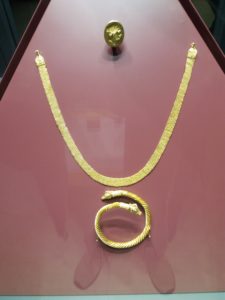
A tourism promotion project.
The image of Taranto, always identified as an industrial and military (Navy) city, was destroyed following the environmental disasters caused by the Ilva industry.
For the last two years, the city has been experiencing a period of rebirth, explains the director Eva Degl’Innocenti, and in the absence of a tourism plan, the need to involve local authorities and private entrepreneurship to create a system for tourist reception with the revival of itineraries of Magna Graecia, involving Paestum, Naples and Reggio Calabria has become apparent.
The MarTa, is one of the richest archaeological museums in Italy, especially with regard to finds from the Greek-Roman period, including the famous collection of gold and silver found in the province of the famous city of Magna Grecia (Taranto) between the IV and the 1st century BC.
Having remained dormant for many years, the MarTa has implemented a revival by hosting highly successful exhibitions. Today museum is a great tourist attraction and boasts an annual turnout of 80,000 visitors including Russians, English, Americans and Chinese.

